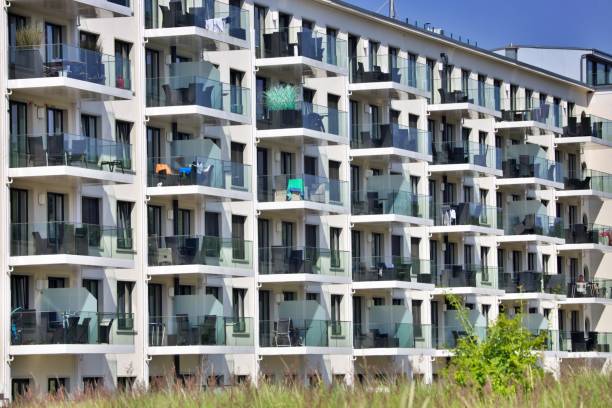Title: Micro-Neighborhoods: The New Frontier in Real Estate Investment
In an era of evolving urban landscapes and shifting consumer preferences, a new trend is reshaping the real estate market: micro-neighborhoods. These hyper-local pockets within larger urban areas are becoming increasingly attractive to investors and homebuyers alike. Characterized by their distinct personality, amenities, and community feel, micro-neighborhoods offer a unique blend of urban convenience and small-town charm. This article delves into the rise of micro-neighborhoods, their impact on property values, and the potential they hold for savvy real estate investors.

The Appeal of Hyper-Local Living
The growing interest in micro-neighborhoods stems from a desire for more personalized and intimate living experiences. Residents are drawn to areas that offer a strong sense of community, walkability, and easy access to tailored amenities. This shift in preference is partly driven by millennials and young professionals who value experiences and community connections over square footage.
Impact on Property Values
Micro-neighborhoods often see rapid appreciation in property values due to their desirability and limited housing stock. As these areas gain popularity, they attract both residential buyers and commercial investors, leading to a virtuous cycle of development and value increase. Real estate in well-established micro-neighborhoods can command significant premiums compared to properties in surrounding areas.
Identifying Emerging Micro-Neighborhoods
For investors, the key to capitalizing on this trend lies in identifying micro-neighborhoods in their early stages of development. Look for areas with a concentration of new, locally-owned businesses, particularly those catering to specific lifestyles or interests. Architectural renovations, street art installations, and community-led initiatives can also be indicators of an emerging micro-neighborhood.
Investment Strategies for Micro-Neighborhoods
Investing in micro-neighborhoods requires a nuanced approach. Consider mixed-use properties that can accommodate both residential and commercial tenants, as these areas often thrive on a blend of living and working spaces. Renovating existing properties to align with the neighborhood’s emerging character can also yield significant returns. Additionally, partnering with local businesses or community organizations can help investors become integral parts of the micro-neighborhood’s growth.
Challenges and Considerations
While micro-neighborhoods offer exciting opportunities, they also come with unique challenges. Rapid gentrification can lead to displacement of long-time residents and businesses, potentially altering the very character that made the area attractive. Investors must be mindful of community dynamics and work to preserve the neighborhood’s essence while fostering growth. Additionally, the hyper-local nature of these areas means that their success can be heavily influenced by factors like zoning changes or shifts in local economic conditions.
The Future of Micro-Neighborhoods
As urban areas continue to evolve, micro-neighborhoods are likely to play an increasingly important role in shaping city landscapes. We may see more intentional development of these areas, with city planners and developers working together to create diverse, self-contained pockets within larger urban environments. This could lead to more sustainable and livable cities, with reduced need for long commutes and increased community engagement.
Conclusion
Micro-neighborhoods represent a fascinating shift in the real estate landscape, offering unique opportunities for investors who can identify and nurture these emerging urban ecosystems. By understanding the dynamics that drive their success and approaching investment with a community-minded perspective, savvy real estate professionals can tap into this growing trend. As cities continue to evolve, micro-neighborhoods may well become the new standard for urban living, combining the best aspects of city life with the intimacy and character of small-town communities.





